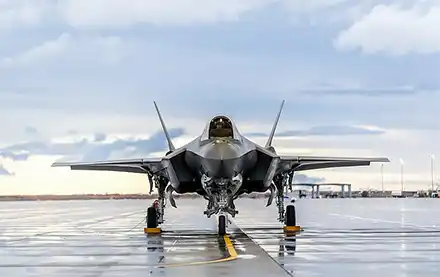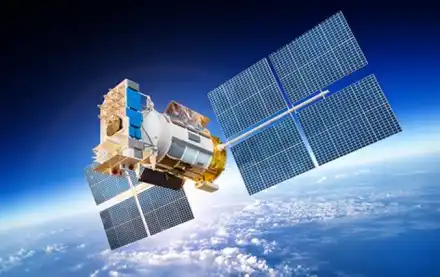




Cesare

The single-passenger Hexa is an electric vertical take-off and landing (eVTOL) platform that consists of an open cockpit seat surrounded by a number of small rotors. Made by LIFT Aircraft, the 18-rotor Hexa is being marketed commercially as a flight experience available to all consumers, with no pilot's license required.
LIFT Aircraft began its project to design and build an all-electric multicopter in October 2017 in Budapest, Hungary. The LIFT HEXA (originally the "Hexa") is an all-electric vertical take-off and landing (eVTOL) single-passenger wingless multicopter ultralight aimed primarily at tourism and short-distance travel. The HEXA aircraft was designed by Robert Kovacs, who is based in Hungary.
The HEXA military concept design multicopter is a one or two-passenger aircraft (the second passenger is on a stretcher for medivac use) and is flown either autonomously or by military personnel with semi-autonomous assisted piloting. The advantages of the multicopter are its small size, it is a quiet aircraft, is fast, can be charged in the field with solar panels, and can easily be transported by truck, helicopter or cargo aeroplane. It can be used for
reconnaissance, search and rescue missions, medevac missions, military personnel transportation, as a weapons platform or for clandestine operations.
The multi-copter has 18 independently controlled propellers and 18 electric motors mounted on a motor strut assembly resembling a web of six inward-pointing sectors with twelve outer and six inner electrically-powered propellers. This allows the aircraft to be controlled in any direction by varying the individual motor speed for each propeller. The redundancy of 18 propellers and 18 electric motors makes it a very survivable aircraft on the battlefield as it could lose several propellers yet still continue to fly to its destination.
Each motor has an underslung battery which the company says makes for quick battery changeouts between flights. This placement also puts the risk of fire away from the passenger(s) and under the propeller airflow. Having the batteries next to the electric motors also reduces extra cabling weight. The HEXA’s all-carbon fibre airframe is supported by six perimeter floats allowing the aircraft to make both land and water landings.
The aircraft uses a differential global positioning system (GPS) for navigation. It provides autonomous flight capabilities with the help of an autopilot computer that receives manual inputs from a single three-axis joystick. The eVTOL incorporates networking capabilities to achieve geo-sphere collision avoidance. Its collision avoidance capabilities are further strengthened by a ground-based radar. Take-offs and landings can be automated with precision and the vehicle can be switched to "return to home" mode when the battery is low.
The Air Force demo flight took place on 20 August at Camp Mabry, a Texas military base.
LIFT Aircraft is one of the first companies partnering with Agility Prime and the Air Force for "Air Race to Certification," the release states.
The Air Force announced in September, 2019 that the Air Force was interested in pursuing flying car technology. The Air Force wanted to acquire 30 flying cars over the next decade.
Specifications:
Aircraft type: eVTOL multi-copter one-passenger military aircraft
Piloting: 1 pilot (flown using a semi-autonomous mode, autonomous flight or by remote control)
Propellers: 18 propellers
Electric Motors: 18 electric motors
Power source: Batteries
Fuselage: Carbon fibre composite
Landing gear: six fixed landing pods
Safety Features: Distributed Electric Propulsion (DEP), provides safety through redundancy for its passengers and/or cargo. DEP means having multiple propellers and motors on the aircraft so that if one or more motors or propellers fail, the other working motors and propellers can safely land the aircraft. Has an autonomous ballistic parachute in case of a multiple-rotor failure.